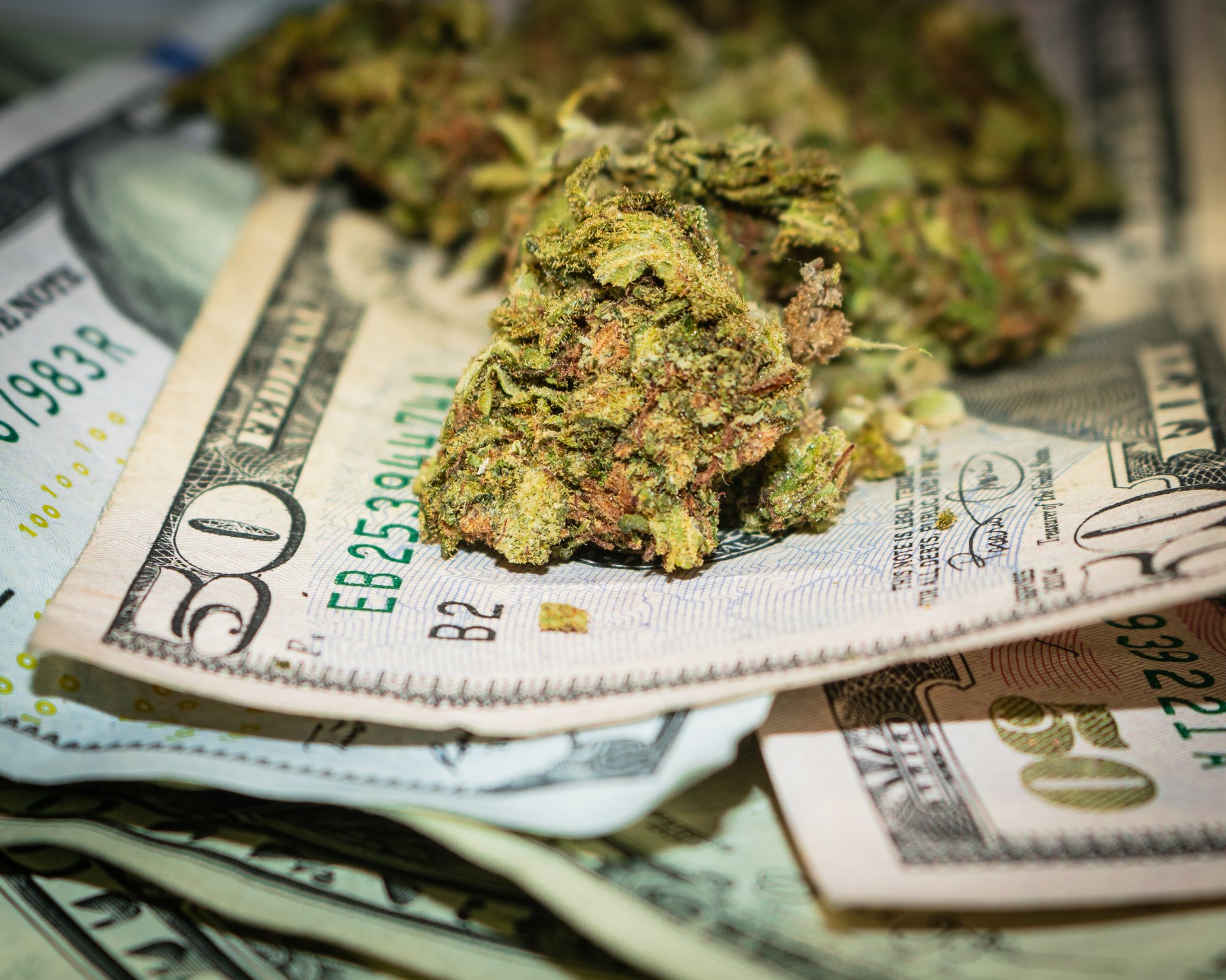Over the next couple of years, there are few if any industries expected to rival the "green rush" in terms of sales growth potential. Following the legalization of recreational marijuana in Canada, as well as 33 U.S. states giving cannabis the OK from a medical standpoint, the sky is the limit for budding pot stocks.
Then again, the potential of the legal weed industry is no secret to Wall Street professionals or long-term investors. If you had the foresight (and luck) to invest in any of the "Big Three" marijuana stocks at the beginning of 2016 -- Canopy Growth, Aurora Cannabis, or Cronos Group -- you'd be up by somewhere between 2,000% and 7,000% today.
But what's often overlooked is just how well small-cap pot stocks have performed over the trailing two-year period. With all attention given to the Big Three, under-the-radar pot stocks like OrganiGram Holdings (OGRMF 1.18%), Aleafia Health (ALEAF +0.00%), and HEXO (HEXO +0.00%) have roared higher. Here's a look at how much money you'd have today if you invested $1,000 into each of these three small-cap marijuana stocks exactly two years ago.

Image source: Getty Images.
OrganiGram Holdings: $3,785
A favorite of Yours Truly, Atlantic-based OrganiGram Holdings has been a solid performer over the trailing two-year period, racking up a nearly 279% aggregate return for shareholders. Yet among small-cap cannabis growers, it may still offer the most potential of the group.
Although OrganiGram isn't the only grower to operate in the Atlantic region of Canada, it is the only major grower to call an eastern province home. Based in New Brunswick, OrganiGram should be privy to geographic advantages. Even though Atlantic provinces such as Nova Scotia, New Brunswick, and Newfoundland and Labrador aren't heavily populated, the fourth-quarter National Cannabis Survey showed adults in these provinces to be more likely to use cannabis than any other region of Canada. But have no worries about this company's reach, as OrganiGram is one of just three growers to have supply deals in place with all of Canada's provinces.
In terms of efficiency, OrganiGram is practically unmatched. Working with close to 490,000 square feet of cultivation space at its Moncton campus, management foresees 113,000 kilos of peak annual production, with its phase 4 expansion complete by the end of this year. Once fully operational, the company should be producing north of 230 grams per square foot, which is more than double the industry average.
And let's not forget about OrganiGram's focus on high-margin derivatives, such as oils, and very soon edibles, vapes, and even infused beverages. A 56,000-square-foot phase 5 expansion will partially add to the company's extraction capacity as it pushes away from relying on dried flower.
Though it's early, OrganiGram has all the making of a high-margin and soon-to-be profitable pot stock.

Image source: Getty Images.
Aleafia Health: $3,966
Whereas OrganiGram has been virtually unstoppable of late, Aleafia Health's downtrend trend since the end of February has probably been a bit unnerving. Thankfully, looking back exactly two years, shares of Aleafia Health have practically quadrupled, so long-term investors aren't doing too badly in the big picture.
In March, Aleafia Health took a big step forward when it closed on an all-stock deal to buy Emblem, creating a giant in the medical clinic and production space. Upon closing, the duo brought roughly 40 medical clinics that have seen a total of 60,000 patients under one umbrella. The medical-clinic model is particularly intriguing, because it not only provides a way for Aleafia Health to dispense prescriptions to high-margin medical marijuana patients, but it offers an opportunity to keep these patients loyal to Aleafia's in-house brands.
Before the merger, both Aleafia Health and Emblem were on the outside of the top-10 producers list by peak annual output and looking in. But following the deal, Aleafia's 98,000 kilos and Emblem's 40,000 kilos create a grower capable of 138,000 kilos of maximum production, which is good enough for a top-10 spot. There are very few growers right now that provide the market cap-to-production value that Aleafia can offer opportunistic investors.
Even more recently, Aleafia announced plans to add 50,000 kilos of yearly extraction capacity at its Paris, Ontario, facility, and it entered into a joint venture to sell medical marijuana in Germany. Wall Street may not have full faith in Aleafia Health's management team yet, but management is taking the right steps to make this company relevant over the long haul.

Image source: Getty Images.
HEXO: $6,026
However, the top-performer among small-cap cannabis growers over the trailing two-year period is Quebec-based HEXO, which recently eclipsed a better than 500% return for its long-term shareholders.
The secret to HEXO's success has been dealmaking. In April of last year, when the company was still known as Hydropothecary, which is its medical cannabis brand, HEXO landed the largest single-province supply deal in Canadian history: an aggregate of 200,000 kilos to its home province of Quebec over a five-year period, with an option to extend for a sixth year. At the time the deal was announced, it represented about 40% of HEXO's peak production capacity through 2023.
Then, in August 2018, HEXO announced that it and Molson Coors Brewing were forming a 42.5%-57.5% joint venture, with Molson having the larger stake, to develop nonalcoholic cannabis-infused beverages. Truss, as the joint venture is known, expects to have product hitting dispensary store shelves by this coming October, assuming Health Canada approves new cannabis derivatives.
Finally, in March, HEXO announced the acquisition of Newstrike Brands, which will bring 470,000 square feet of greenhouse capacity into the fold. When combined with HEXO's 1.31 million square feet of existing space in Gatineau, Quebec, the company expects to produce at least 150,000 kilos of cannabis each year. That makes HEXO a top-six or top-seven producer.
With a clear focus on derivatives and stellar dealmaking ability of late, it's not surprising in the least to see HEXO generating healthy returns for its long-term stakeholders.







